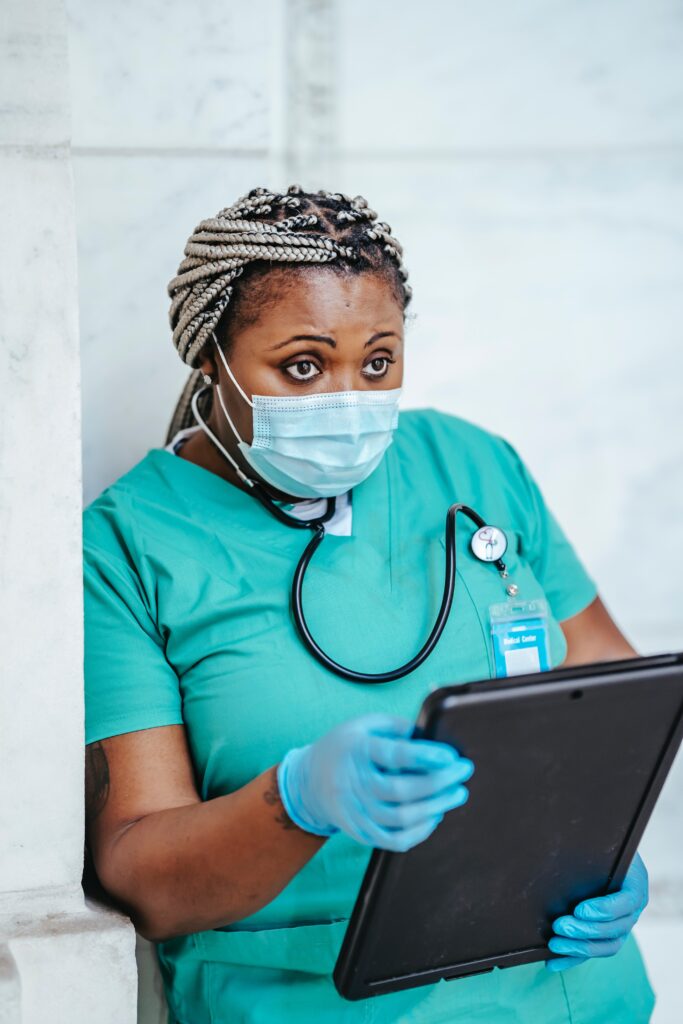Clinical monitoring has been a challenge during the COVID-19 pandemic, but at Siron Clinical, we had the knowledge and experience to run with new remote approaches.

The way we conduct clinical trials has undoubtedly changed since the COVID-19 pandemic started, especially when it comes to clinical monitoring. Global mitigation efforts have proven challenging for clinical trials, and many were paused or stopped because they became unfeasible.
But pressure from the pandemic has also been beneficial: we have been forced to rethink how to best design and implement clinical trials, and there have been some great improvements in certain areas. In particular, it has meant that the patients’ and sites’ perspectives have been taken into account to ensure the integrity and quality of the data.
At Siron Clinical, we were fortunate to have expertise and experience in the new way of working before the pandemic started. We had already implemented and adapted to a process called risk-based monitoring. Through risk-based monitoring, you ensure the quality of the trial through risk management – you identify, assess, monitor and mitigate risks that threaten the trial in terms of quality or safety.
Reducing the need for in-person monitoring
One major benefit of risk-based monitoring today is that it reduces the need for in-person or on-site monitoring. The approach to clinical monitoring depends on the country, local, and institutional requirements of the site, sponsor and vendors. The sponsor has an obligation to ensure it can review the quality of the documentation equally, whatever the approach.
Before the pandemic, we were used to sponsors requiring on-site monitoring to ensure patient protection and data integrity and quality. This often required 100 percent source data verification (SDV): we had to review original data or certified copies to check for accuracy in the recording of the data into the electronic case report form. This was often paired with 100 percent data review of trial subjects, which is the monitoring of the quality of the data, the compliance to the protocol, and the completeness of reporting subject safety.
When Coronavirus transmission mitigation efforts began, on-site activities were disrupted, and we had to put a new strategy in place. Direct monitoring approaches were largely replaced with central monitoring and remote or in-house monitoring, which we were already familiar with.
At the beginning of the pandemic, many studies halted patient recruitment. For those that continued enrolment or were ongoing, we prioritized patient safety. In addition to focusing on consent and recruitment, data collection and management, and intervention delivery, we needed to ensure patient safety given the additional risk of COVID-19.
This meant patient follow-up continued to be an important element of clinical monitoring. We were able to do this by conducting many patient visits remotely, with study drugs being delivered to their homes. International shipments of samples and drugs was sometimes challenging, but it never raised patient safety issues.

The importance of communication
Most of the trials we worked on had electronic data collection (EDC) in place, so remote monitoring was relatively straightforward. With remote monitoring in place, we had to ensure proper documentation of the process.
Communication was key: we collaborated closely with site staff to make sure data collection was documented appropriately so we could continue to deliver high-quality clinical trials.
We also needed to be flexible and keep the patients’ best interests in mind. For example, we continued the on-site monitoring activities for an international oncology project and an international pediatric study, albeit with an adapted, reduced frequency of monitoring visits and an increase in remote monitoring.
Clinical monitoring post-pandemic
This flexibility and blended approach is something we expect will continue post-pandemic. Full remote clinical monitoring will only be possible for a limited number of clinical trials, and on-site monitoring for source data verification and other purposes will continue. For a more extensive remote-monitoring approach with off-site source data verification, there are still challenges to overcome.
Remote monitoring combined with technological solutions will be an essential part of the process. The technology that underpins remote monitoring in particular will continue to develop, but this alone will not ensure high-quality data. Continued focus on the patient first will help maintain quality and integrity, and communication with all parties involved will be increasingly important.
Siron Clinical’s mission is to build a brighter tomorrow, through expert clinical research. What we have experienced during the pandemic is that we can make the difference through our experienced people and that their impact is to improve the quality of life for people. The best thing we can do to ensure quality of life for our future is to listen to the patient.
At Siron Clinical we provide passionate strategic knowledge, specific guidance, and expertise for study execution across multiple therapeutic areas. Our clinical monitoring services cover everything from site identification to study closure. Find out how we can support your team.




0 Comments